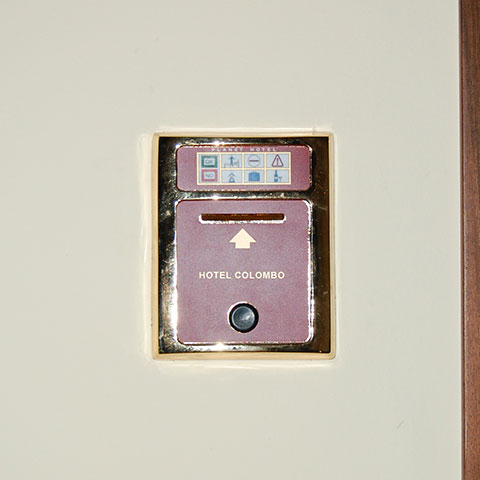Ponte di Piave and surrounding areas
Origins
Inhabited since the pre-Roman period by the ancient Veneto people, it was a major Roman settlement as it was crossed, firstly, by the Opitergium-Tridentum trade route and then by the Callalta, a road constructed for flood protection on an embankment and a major communication trail between Treviso, Oderzo and Friuli. The name though is drawn from the wooden bridge erected in the 14th century by the Municipality of Treviso as a continuation of the road which was interrupted close by the Piave. The arrival of Christianity around the Parish Church of San Romano di Negrisia contributed to its growth, but the town underwent a period of specific development from the 11th century onwards, thanks to the work of the Benedictine monks. Living in the imposing Busco Abbey, they were a deciding factor in the spread of vineyard cultivation. Subject to regular and violent flooding, from 1339 the first embankments were put up by the Republic of Venice. The embankments proved useless and the flooding continued. However, in 1570, the umpteenth flood changed the river’s course. With the first world war, the town found itself on the Piave battle lines. Shelling destroyed the bridge, subsequently rebuilt in 1925, and the church, also rebuilt in the post-war years.
What to see
The area constituting the Municipality of Ponte di Piave, covering 33 sq.kms, is completely flat, with a maximum height above sea level of 10 metres. This makes it particularly suitable for cycle tourism along the paths of the Piave holm, and for walks along the riverbanks and, naturally, in the characteristic historical centre. There are so many historical artistic stories from the past to visit, such as the Church of San Bonifacio Martire, dating from ten centuries after Christ, the Church and Villa Giustinian in Levada, both built in 1400, the tiny 15th century church of Oratorio dell'Addolorata in Borgo Sottotreviso, la Church of Saint George, its interior adorned with valuable 15th century frescoes, the house of the writer Goffredo Parise, his ashes lying in the garden, has these days become, as he wished, a cultural centre for the local community. All that remains of the 16th hospital sadly is just an outline of the former Chapel dedicated to Mary the Immaculate.










